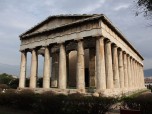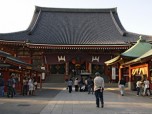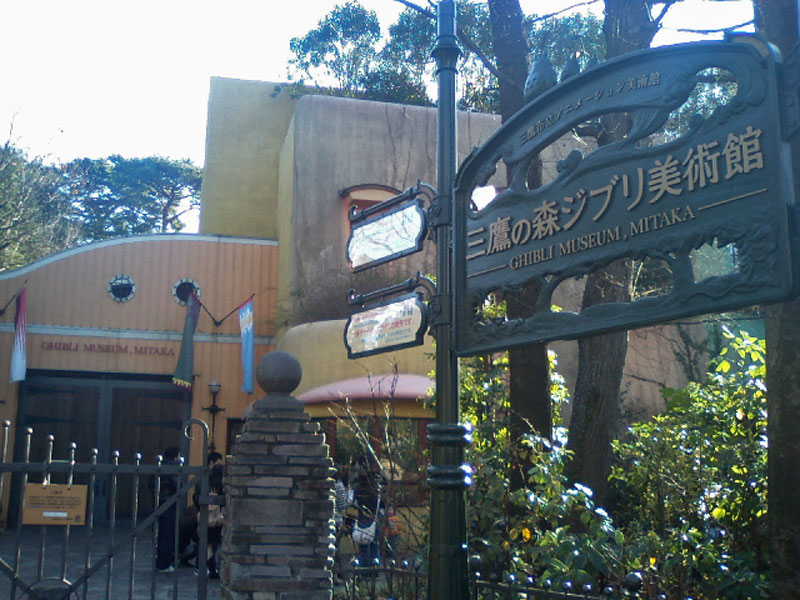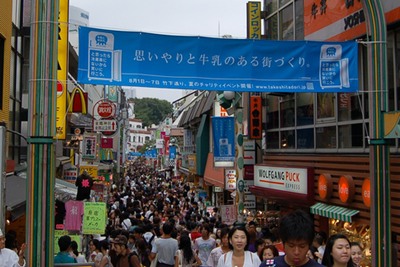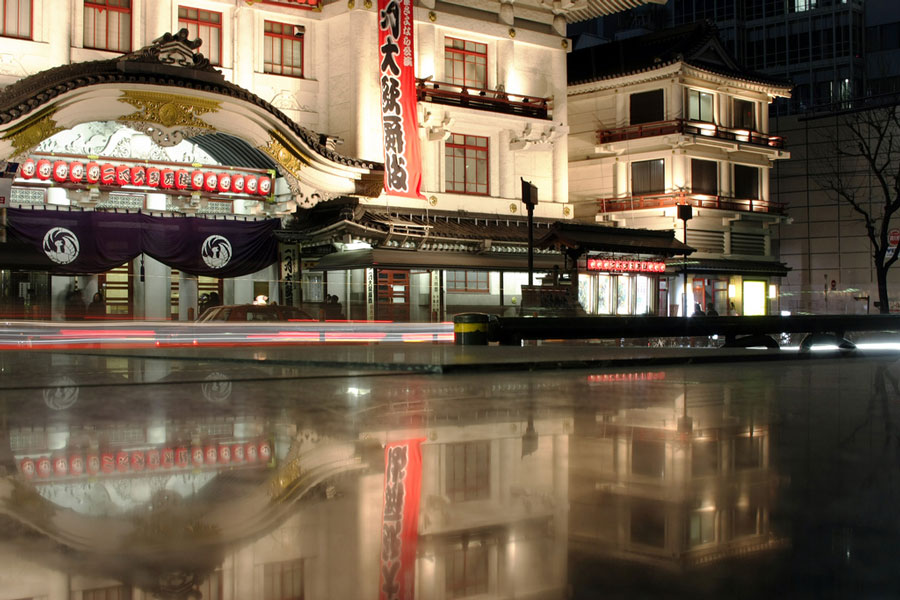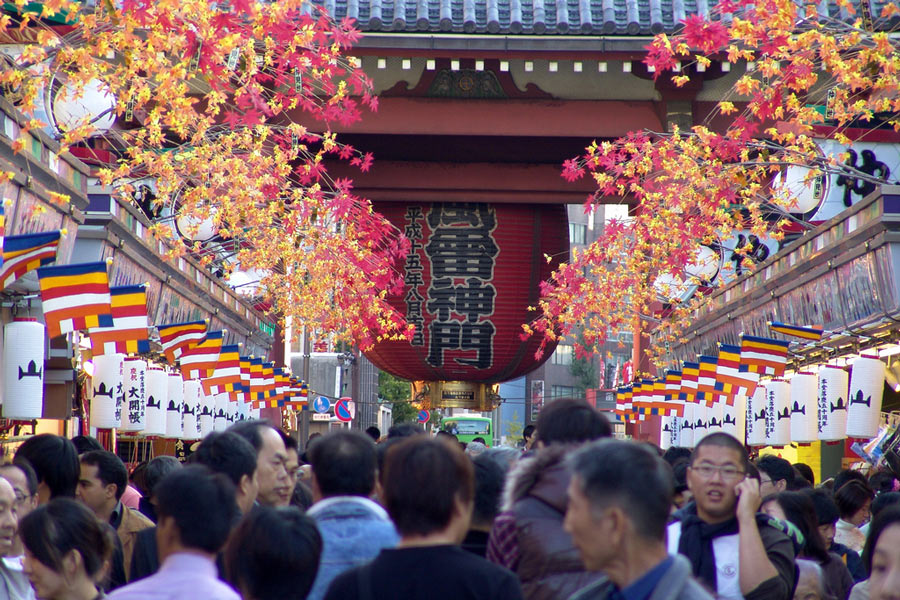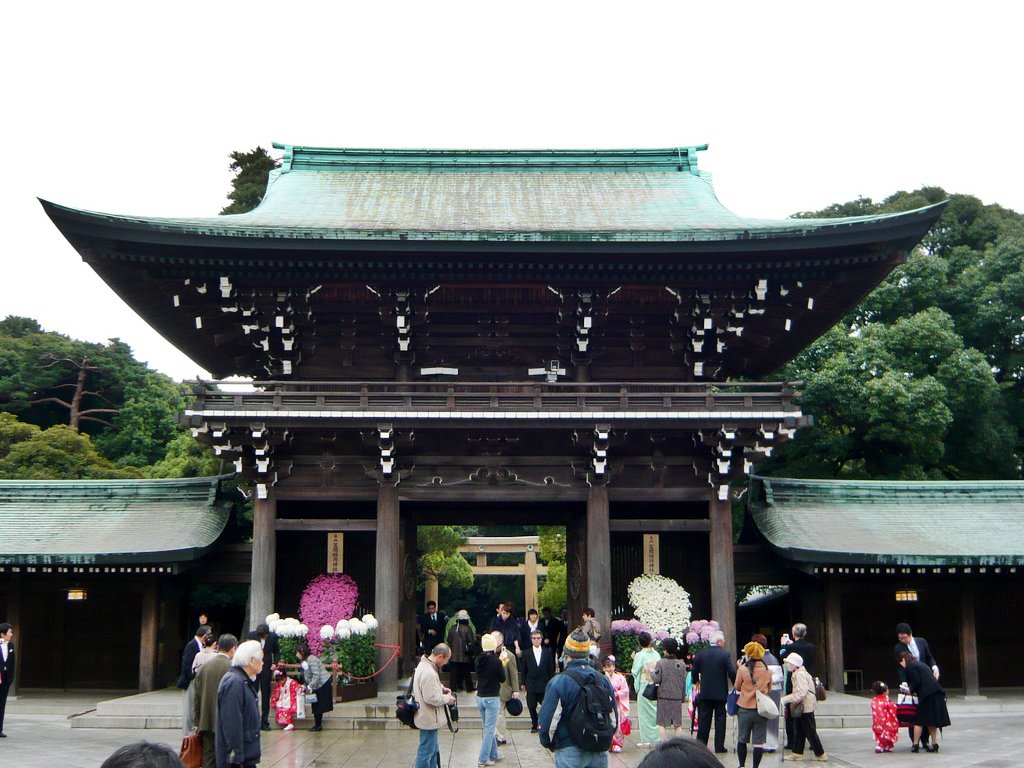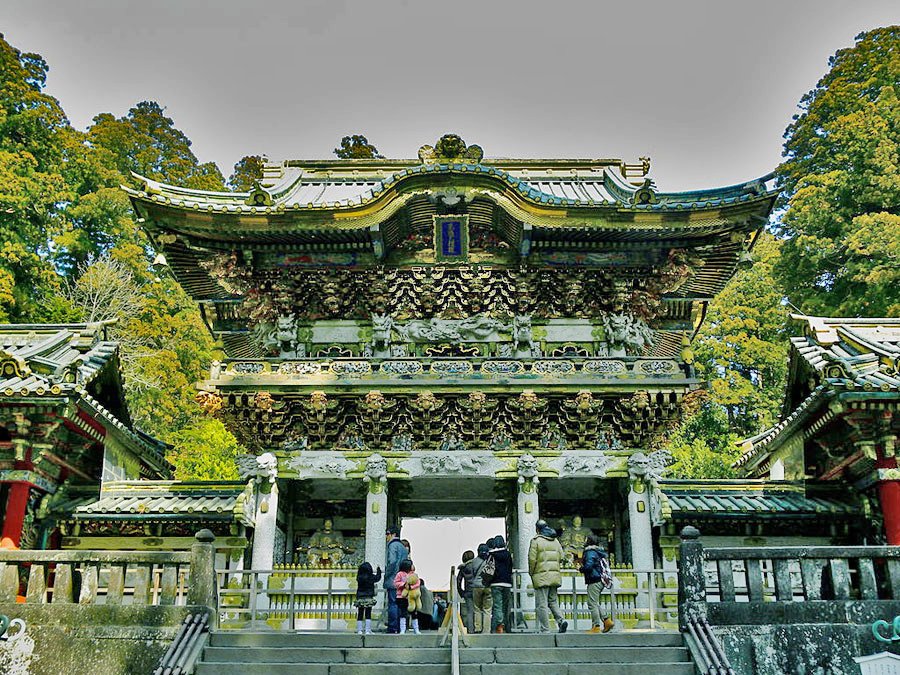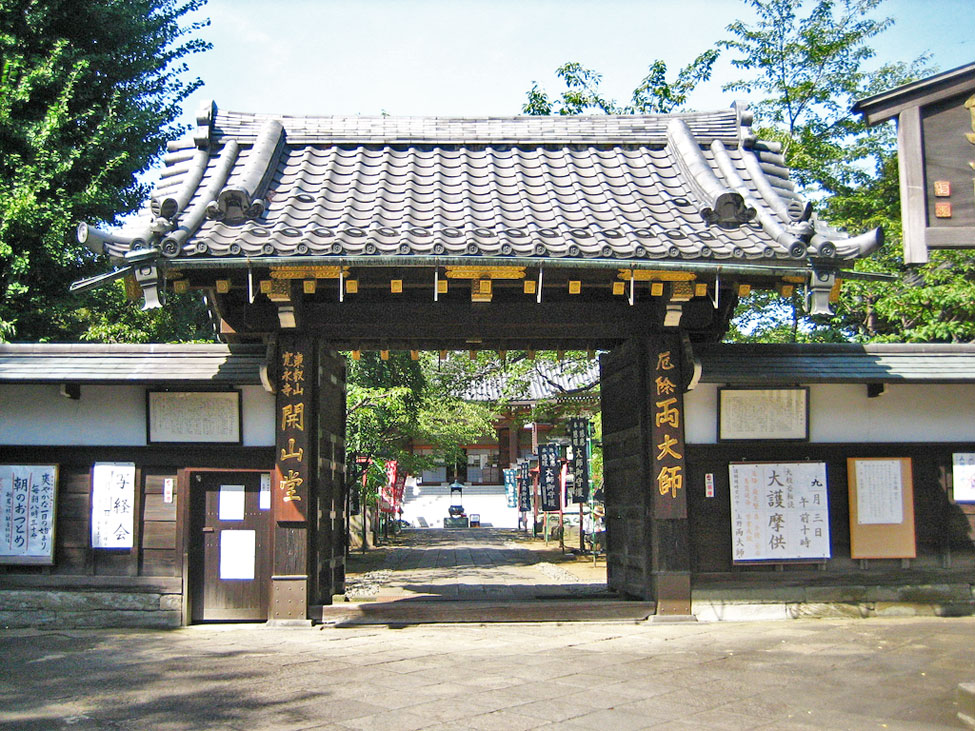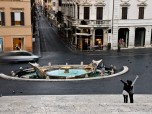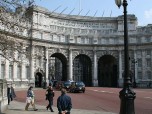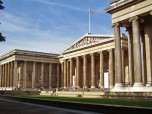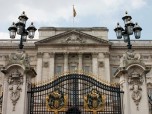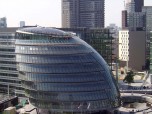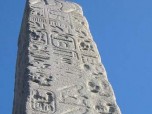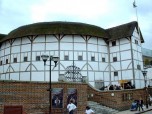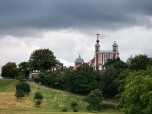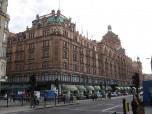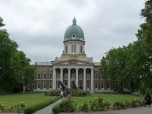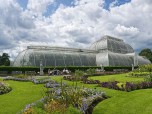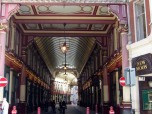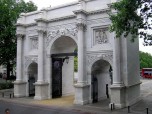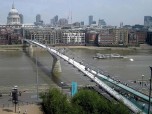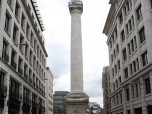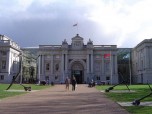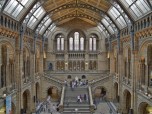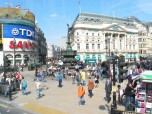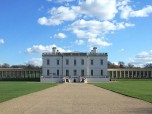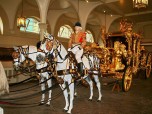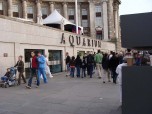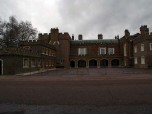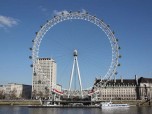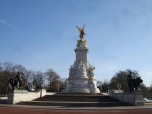Lake District is located in North West England and is also termed as the Lakeland or The Lakes. It is world famous due to its mountains or fells and its lakes. Other visitors simply want to have a feel of the place that is frequently included in the masterpieces of William Wordsworth and the other so-called Lake Poets.
The focal point of the district is the Lake District National Park, which is one of the 14 National Parks located in UK. It can be found in one of the hilly portions of England, Cumbria. Scafell Pike, the highest mountain in England is found here. Other mountains located in the area are Helvellyn, Great End, Catstycam, Nethermost Pyke, Fairfield, Great Gable, High Street, and Crinkle Crags among others. The lakes here include: Ullswater, Windermere, Crummock water, Devoke Water, Buttermere, Elterwater, Hayeswater, Loweswater and many others. But it has only one true lake and that is Bassenthwaite Lake.
This tourist destination has a lot to offer. There are several activities that can be done here. Visitors can fish, do mountain climbing, and involve themselves in cycling, canoeing and kayaking. They can also check out museums, churches, activity centers and heritage sites. For those fond of water sports, Lake District is the ideal place to tour. Within the vicinity itself are several retail shops, restaurants, hotels, bed and breakfast, and even motor home rentals are available.
Also visited in the place is its wide array of wildlife. Some of the species in Lake District are exclusive to Britain. There’s the red squirrel, the golden eagle, and two of the few carnivorous plants in UK namely the butterwort and sundew.
Beatrix Potter, whose life was made into a biopic film, with Hollywood celebrities Renee Zellwegger and Ewan McGregor played at, once settled at Hill Top farm in Lake District. Lord Tennyson, Thomas Carlyle, Sir Walter Scott, Henry Crabb Robinson, Percy Bysshe Shelley and other notable poets or writers found some connection with nature in Lake District. This is evident with some of their major masterpieces.







